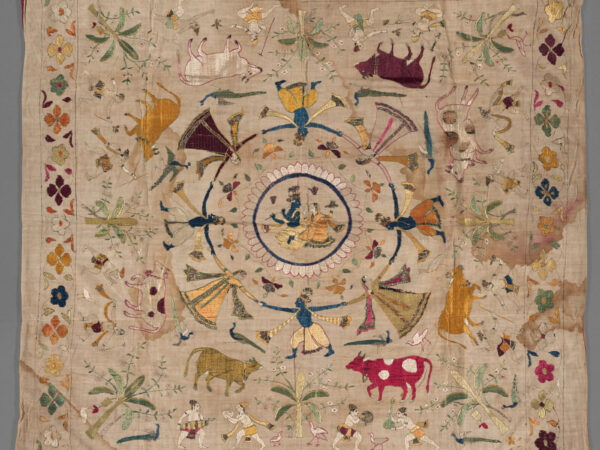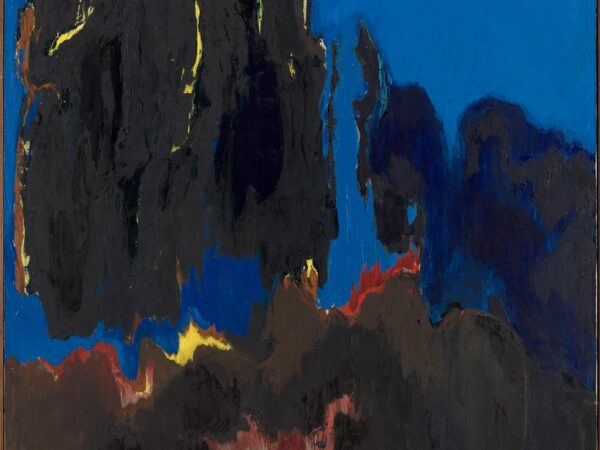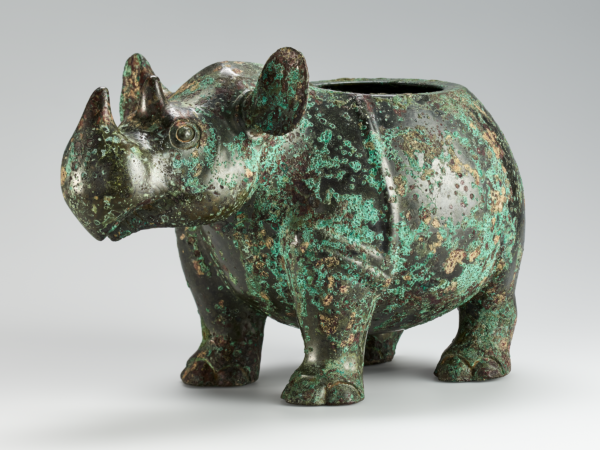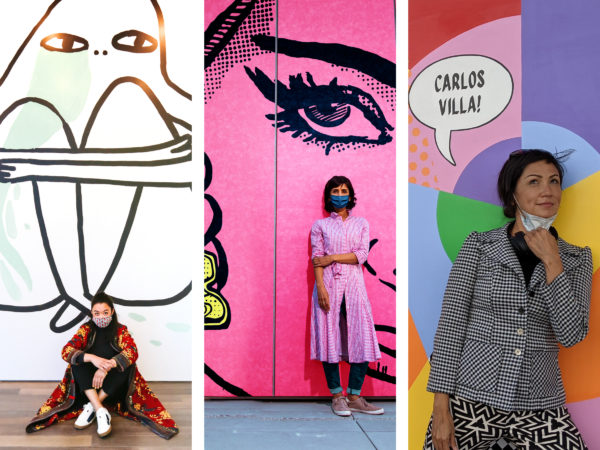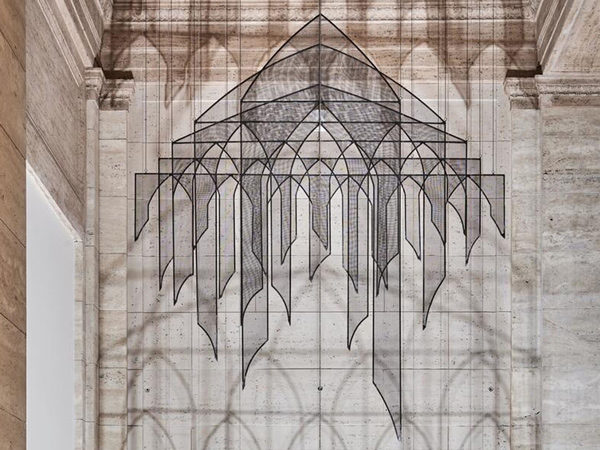Activity
Buddha triumphing over Mara, 900–1000
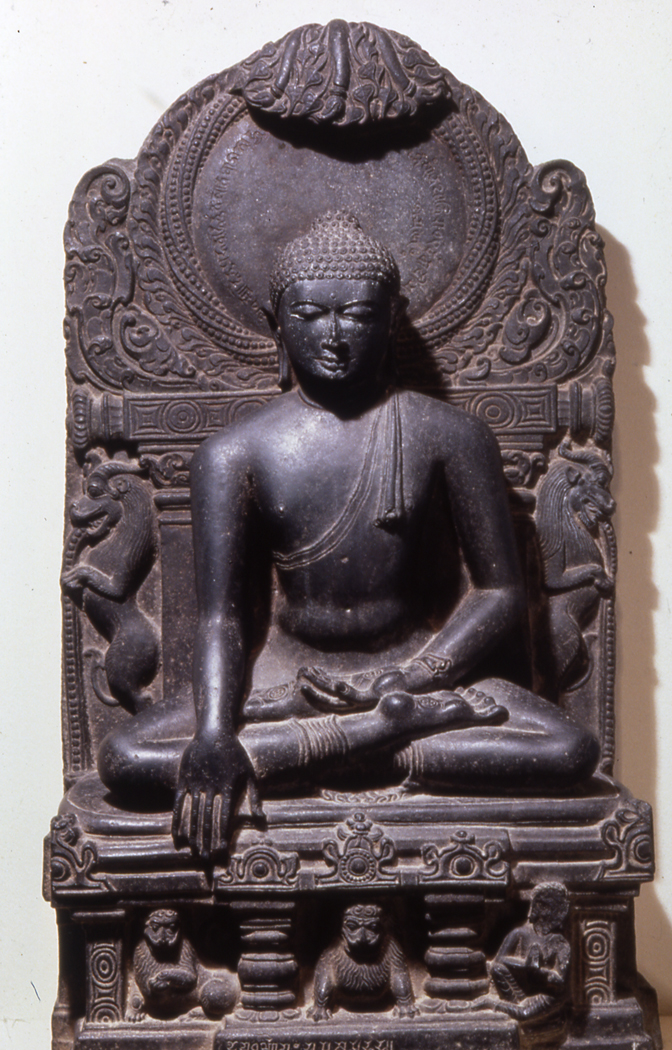
Buddha triumphing over Mara, 900–1000
Who is depicted here?
This is an image of the historical Buddha. We can tell it is the Buddha because of the many distinguishing marks (lakshana) visible in the sculpture. He has a cranial bump on his head (ushnisha), a tuft of hair between his eyes (urna), and the sign of the wheel (chakra) on his hands and soles of his feet. This wheel signifies the teaching of the Buddha, as well as his righteousness as a leader. He is dressed in a monk’s robe, typically with one shoulder bare. He is seated on a lion throne. Above his head are branches of the bodhi tree, a reference to Bodh Gaya where the Buddha sat under the bodhi tree and achieved enlightenment.
What was the Buddha's enlightenment?
The Buddha sought answers to the problems of suffering and the continual cycle of birth, death and rebirth which he witnessed all around him. He rejected the path of complete self-denial (asceticism), and also rejected the comforts and indulgences of his former life as a prince. He resolved to sit under the bodhi tree and meditate on these issues until the answer to these problems became clear. His revelation has been called the Four Noble Truths, a summation of the cause of human suffering, and the possibility and pathway to enlightenment for all beings.
Who tempted the Buddha?
In the course of his meditations, the Buddha was tempted by the demon Mara. Mara sent his armies, various temptations, and finally (as depicted here) a challenge that the Buddha must defend his claim of enlightenment. The Buddha touched the earth, and called the earth to witness his achievement. This “touching the earth” is seen as a significant gesture (mudra) in this sculpture. This iconography of the Buddha became very popular throughout Asia.


